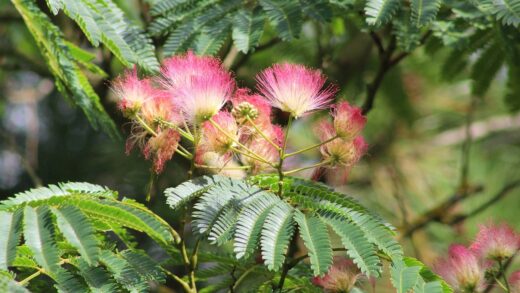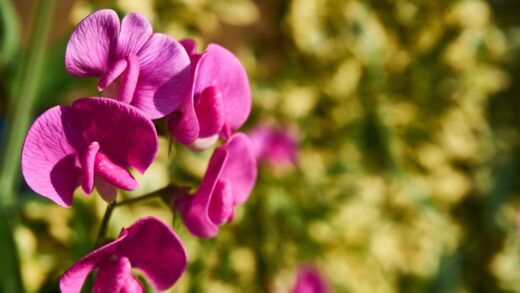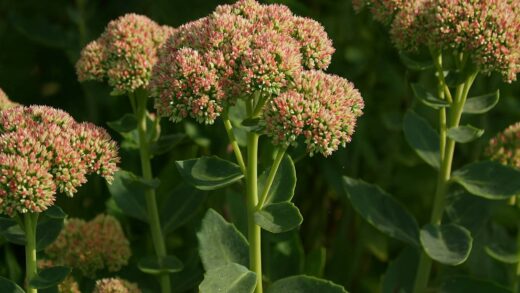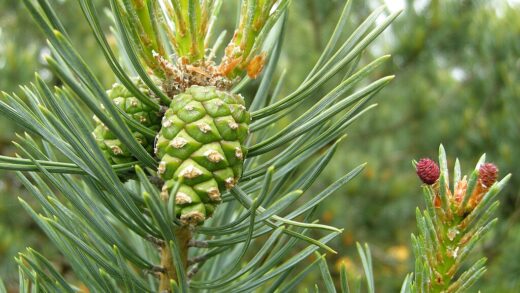The light requirements of glory-of-the-snow are finely tuned to their life cycle as a classic spring ephemeral. To flourish and establish lasting colonies, these bulbs need a specific pattern of light exposure that changes with the seasons. They require bright, direct sunlight during their critical growth and flowering period in the early spring. This burst of intense light fuels the photosynthesis necessary to produce a vibrant floral display and, crucially, to replenish the energy stores within the bulb for the following year. Once this task is complete and the summer canopy of taller plants emerges, their light needs diminish as they enter dormancy. Understanding this dynamic relationship with light is essential for selecting the perfect planting location in the garden.
The key to meeting the light needs of glory-of-the-snow is to recognize that their primary activity occurs in a narrow window of time when sunlight is abundant on the forest floor or in the garden. Before the leaves of deciduous trees and shrubs unfurl, the ground below receives nearly full sun. Chionodoxa have evolved to capitalize on this fleeting opportunity, completing their entire annual cycle of growth, flowering, and energy storage before the shade deepens.
This specific light requirement makes them exceptionally well-suited for particular niches in the landscape. A location that might be considered deep shade in the middle of summer could be a sun-drenched paradise for these bulbs in March and April. The gardener’s task is to identify these areas and utilize them to create a stunning early-season display.
Failing to provide adequate spring sunlight is one of the most common reasons for the decline of glory-of-the-snow plantings. While the bulbs may survive for a time in lower light, their ability to photosynthesize efficiently will be compromised. This leads to a gradual weakening of the bulb, resulting in diminished flowering and an eventual failure to return. Therefore, a careful assessment of a potential planting site’s light conditions throughout the year is the first step toward a thriving patch of these spring heralds.
Optimal light conditions for spring growth
During their active growth phase in early spring, from the moment the first shoots emerge until the foliage begins to yellow, glory-of-the-snow require maximum sun exposure. The ideal condition is full sun, which translates to at least six hours of direct, unfiltered sunlight per day. This high level of light intensity is the engine that drives photosynthesis, the process by which the plant converts light energy into the chemical energy needed for growth and flowering.
This need for bright spring light dictates the best locations for planting. Open areas of the garden that are not shaded by buildings or evergreen trees are suitable. South-facing or west-facing slopes and borders often provide the earliest warmth and most intense light, encouraging the bulbs to emerge and flower robustly. Rock gardens are also excellent locations, as they typically offer full sun exposure and the sharp drainage that these bulbs also require.
Even in locations that will later become partially shaded, the early spring sun is what matters most. The low angle of the sun in late winter and early spring means that areas at the base of walls or hedges that are shaded in summer might receive direct sun during the Chionodoxa’s growing season. It is important for the gardener to observe the specific light patterns of their garden during this early part of the year to identify these potentially ideal microclimates.
The intensity of the light is directly correlated with the quality of the floral display and the health of the bulb. Plants receiving ample sunlight will produce more flowers on sturdier stems and will have foliage that is a healthier, deeper green. More importantly, this high light exposure allows the plant to manufacture a surplus of carbohydrates, which are then stored in the bulb, ensuring its survival through dormancy and providing the fuel for a spectacular performance the following spring.
The advantage of planting under deciduous trees
One of the most effective and aesthetically pleasing ways to meet the specific light requirements of glory-of-the-snow is to plant them in large drifts under the canopy of deciduous trees and shrubs. This planting strategy perfectly synchronizes the needs of the bulb with the annual cycle of the woody plants above them. It is a classic example of companion planting where two different types of plants occupy the same space without competing, by utilizing resources at different times of the year.
In the late winter and early spring, the branches of deciduous trees like oaks, maples, and fruit trees are bare. This allows nearly full sunlight to reach the ground beneath them. This is precisely the time when glory-of-the-snow are actively growing and flowering. The bulbs can bask in the bright, direct sun they need for vigorous growth, completing their most important life processes in this window of high light availability.
As spring progresses into summer, the trees leaf out, creating a dense canopy of shade. By this time, the glory-of-the-snow have finished flowering, and their foliage has already done the critical work of replenishing the bulbs. The onset of shade signals the plants to enter their summer dormancy. The shade helps to keep the soil cooler and reduces moisture loss, creating a stable and protected environment for the dormant bulbs, shielding them from the intense summer sun.
This symbiotic relationship makes woodland gardens, shrub borders, and even lawns with large deciduous trees ideal locations for naturalizing Chionodoxa. They create a breathtaking carpet of blue, white, or pink before the rest of the garden has fully woken up. This strategy allows the gardener to have layers of interest in the same space: an early spring bulb display, followed by the lush green canopy of the trees in summer, and finally the autumn color of the leaves.
Impact of insufficient light on flowering
Insufficient light during the spring growing season is one of the primary causes of poor performance and eventual decline in glory-of-the-snow. If the bulbs are planted in a location that is too shady in the spring, such as on the north side of a building or under the dense canopy of evergreen trees, they will struggle to produce enough energy to thrive. The most immediate and noticeable impact of this is on their flowering.
Plants growing in inadequate light will often produce foliage but fail to form flower buds, a condition known as “flowering blind.” The leaves may appear elongated, thin, and a paler shade of green as they stretch in an attempt to find more light. If flowers are produced, they are likely to be fewer in number, smaller in size, and borne on weaker, more spindly stems compared to plants growing in full sun. The overall display will be sparse and disappointing.
This lack of flowering is a direct result of energy deficit. The bulb uses a significant amount of its stored reserves to produce flowers. If the light conditions are not good enough for the foliage to replace those reserves and create a surplus, the plant will prioritize its own survival over reproduction. It will channel what little energy it can create into maintaining the bulb itself, forgoing the costly process of flowering until conditions improve.
If a once-prolific patch of glory-of-the-snow begins to show a decline in flowering over several years, a change in light conditions is a likely culprit. Perhaps a nearby tree has grown larger, casting more shade on the area than it did previously. If this is the case, the only remedy is to lift the bulbs in the late summer or autumn and move them to a new, sunnier location. Without adequate spring sunlight, the colony will continue to weaken and will eventually die out completely.
Light needs during the foliage period
The period after the flowers have faded is just as critical for light exposure as the flowering period itself. The green, strap-like leaves that remain are the plant’s solar panels. Their sole purpose during these few weeks is to absorb as much sunlight as possible and convert it into the sugars and starches that will be transported down to the bulb for storage. This stored energy is what will fuel the entire growth and flowering cycle for the following year.
For this reason, it is absolutely essential that the foliage continues to receive bright, direct sunlight until it begins to yellow and wither naturally. This is why mowing a lawn where glory-of-the-snow are naturalized must be delayed until the foliage has died back. Cutting the leaves off prematurely is akin to removing the plant’s engine while it is still trying to refuel. Doing so will severely weaken the bulb and will almost certainly result in a lack of flowers the next spring.
The amount of light the foliage receives during this post-bloom period directly influences the size and health of the bulb. More light translates to more photosynthesis, which leads to a larger, plumper bulb with more stored energy. This, in turn, leads to a more robust plant the following year with a greater capacity for flowering and for producing offset bulbs. Maximizing light exposure on the foliage is the key to ensuring the long-term perennialization and multiplication of the plants.
Therefore, when choosing a planting site, one must consider not only the light conditions during flowering in March or April but also the conditions in May. The location must remain sunny enough for the foliage to complete its work. This reinforces why planting under high-canopied deciduous trees is so ideal, as their leaves often do not create deep shade until late May or June, giving the Chionodoxa foliage plenty of time to mature in the sun.




















